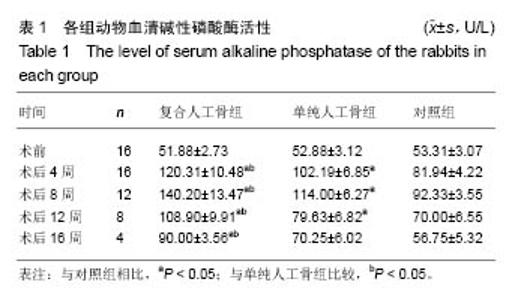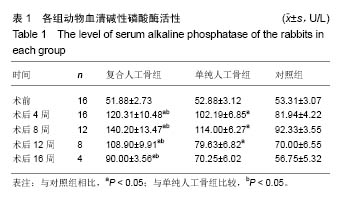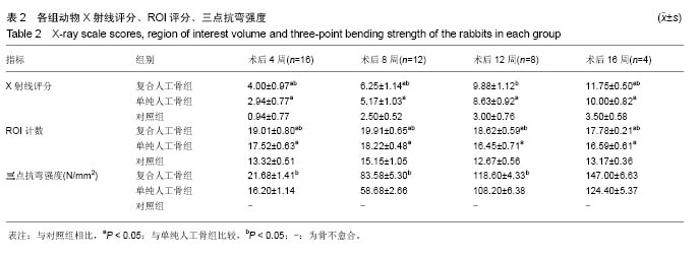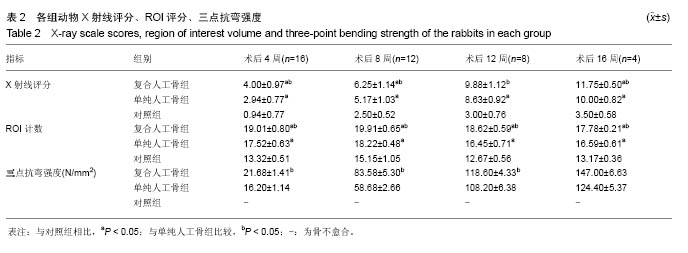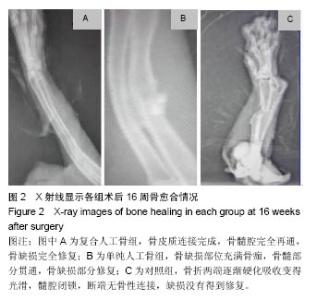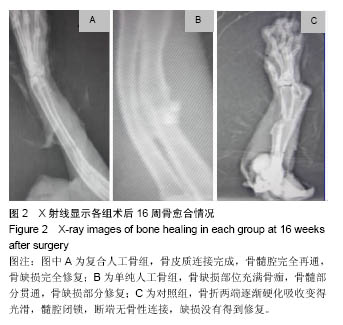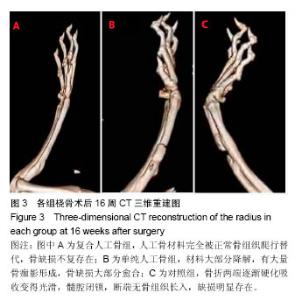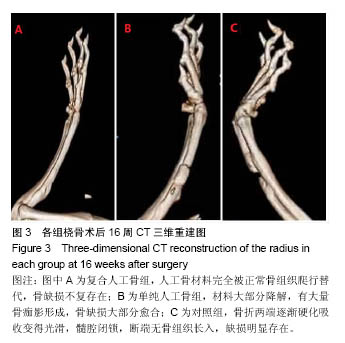| [1]Xiao W, Fu H, Rahaman MN, et al. Hollow hydroxyapatite microspheres: a novel bioactive and osteoconductive carrier for controlled release of bone morphogenetic protein-2 in bone regeneration. Acta Biomater. 2013;9(9):8374-8383.[2]Fu J, Yamamoto A, Kim HY, et al. Novel Ti-base superelastic alloys with large recovery strain and excellent biocompatibility. Acta Biomater. 2015;17:56-67.[3]Silber JS, Anderson DG, Daffner SD, et al. Donor site morbidity after anterior iliac crest bone harvest for single-level anterior cervical discectomy and fusion. Spine (Phila Pa 1976). 2003;28(2):134-139.[4]Liao Z, Wang CH, Cui WL. Comparison of Allograft and Autograft in Lumbar Fusion for Lumbar Degenerative Diseases: A Systematic Review. J Invest Surg. 2016;29(6): 373-382.[5]Fu H, Rahaman MN, Brown RF, et al. Evaluation of bone regeneration in implants composed of hollow HA microspheres loaded with transforming growth factor β1 in a rat calvarial defect model. Acta Biomater. 2013;9(3): 5718-5727.[6]Green DW, Padula MP, Santos J, et al. A therapeutic potential for marine skeletal proteins in bone regeneration. Mar Drugs. 2013;11(4):1203-1220.[7]Fei Y, Gronowicz G, Hurley MM. Fibroblast growth factor-2, bone homeostasis and fracture repair. Curr Pharm Des. 2013; 19(19):3354-3363.[8]Haubold M, Weise A, Stephan H, et al. Bone morphogenetic protein 4 (BMP4) signaling in retinoblastoma cells. Int J Biol Sci. 2010;6(7):700-715.[9]Romagnoli C, D'Asta F, Brandi ML. Drug delivery using composite scaffolds in the context of bone tissue engineering. Clin Cases Miner Bone Metab. 2013;10(3):155-161.[10]Hasegawa M, Doi Y, Uchida A. Cell-mediated bioresorption of sintered carbonate apatite in rabbits. J Bone Joint Surg Br. 2003;85(1):142-147.[11]韩丽娜,于梦雪,刘学娜.羟基磷灰石的临床研究进展[J].中国医药指南,2015,13(20):45-47.[12]Huber FX, Belyaev O, Hillmeier J, et al. First histological observations on the incorporation of a novel nanocrystalline hydroxyapatite paste OSTIM in human cancellous bone. BMC Musculoskelet Disord. 2006 8;7:50.[13]姚爱华,艾凡荣,刘欣,等.硼酸盐玻璃转化制备中空羟基磷灰石微球的研究[J].无机材料学报,2010,25(1):53-57.[14]姚爱华,徐为,艾凡荣,等.中空羟基磷灰石微球作为rhBMP-2缓释载体的研究[J].无机材料学报,2011,26(9):974-978. |
